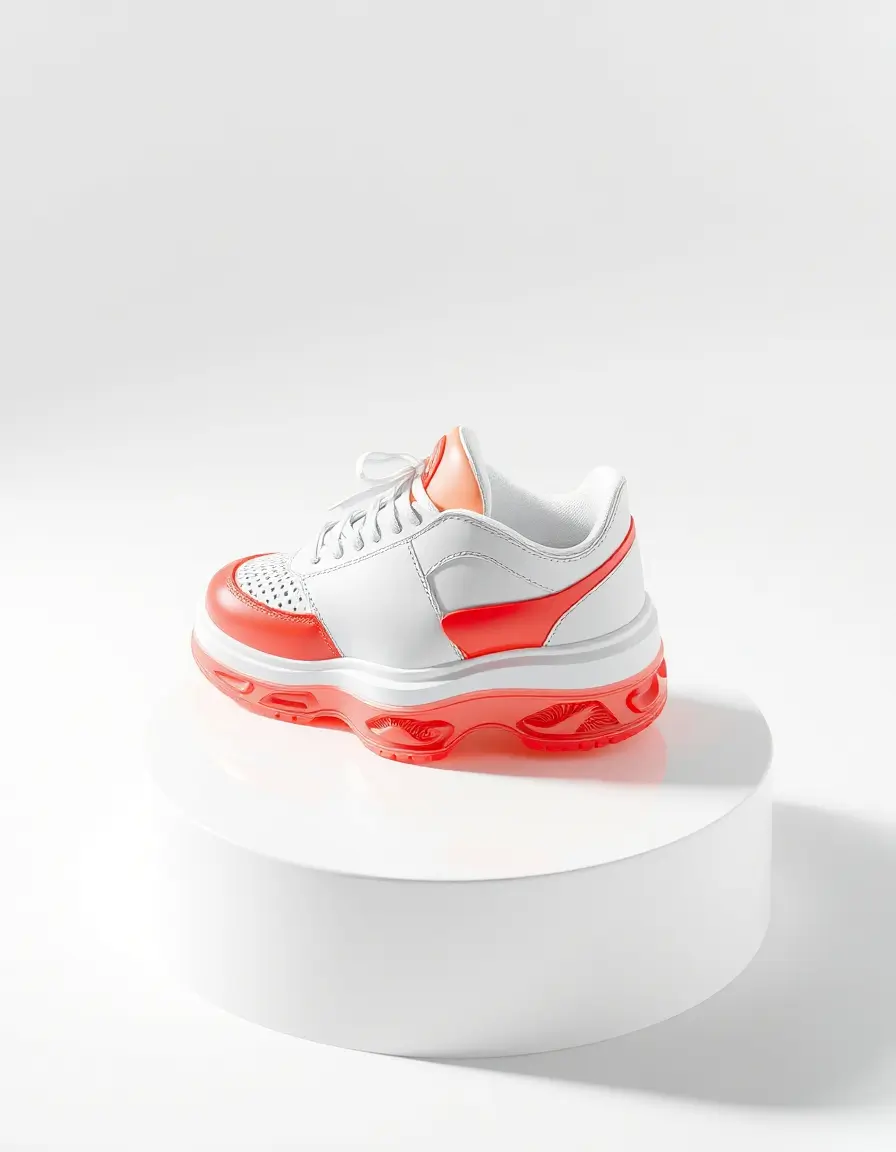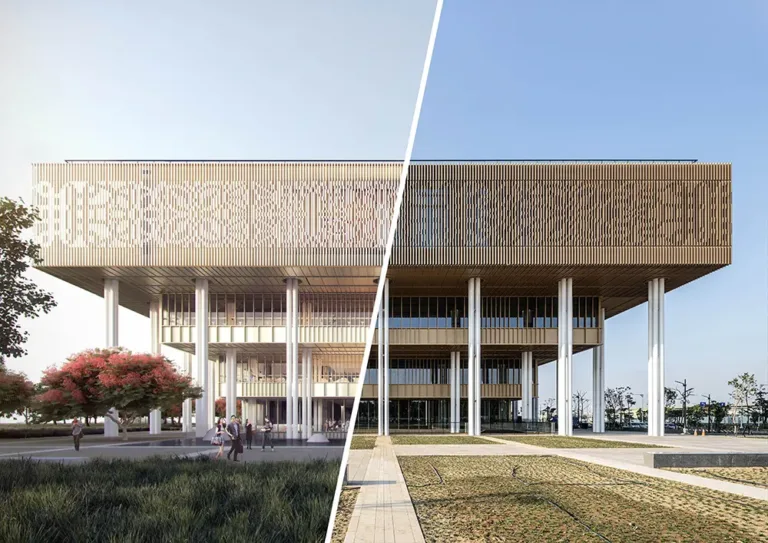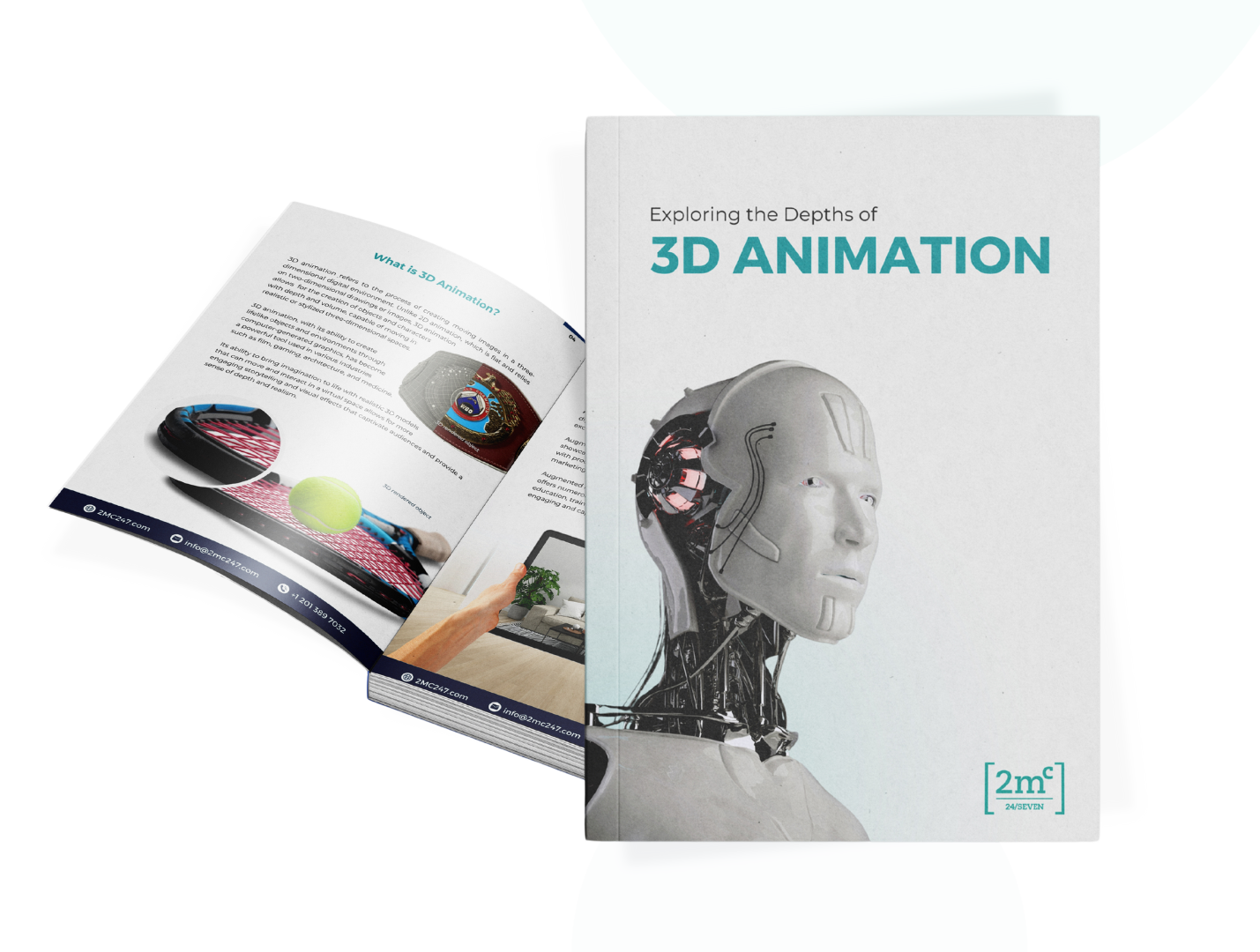In today’s fast-paced digital economy, the way consumers shop for shoes is undergoing a major transformation. The traditional reliance on static images and physical stores is being rapidly replaced by cutting-edge 3D product visualization. Footwear brands, from global giants to emerging startups, are recognizing the power of 3D visualization to enhance customer experience, reduce returns, and accelerate product development. But why is this technology set to dominate the future of shoe retail? Let’s explore the key reasons.

1. A More Immersive and Interactive Shopping Experience
Consumers are no longer satisfied with standard product images. They demand a dynamic shopping experience that allows them to view shoes from every angle, zoom in on intricate details, and even customize colors and materials in real-time. 3D product visualization offers interactive models that simulate real-world textures and lighting, giving customers the closest possible experience to holding the product in their hands—without ever stepping into a store.
2. Reducing Returns and Increasing Purchase Confidence
One of the biggest challenges for online shoe retailers is the high return rate, often due to sizing issues or mismatched expectations. With 3D visualization, customers can make more informed decisions by examining precise details of the shoes, including sole thickness, material textures, and stitching patterns. Some brands are integrating augmented reality (AR) virtual try-on technology, allowing customers to see how the shoes will look on their feet before purchasing. This level of accuracy significantly reduces returns and enhances customer satisfaction.
3. Faster Product Development and Time-to-Market
Traditionally, the shoe industry relied on physical prototypes, which are time-consuming and costly to produce. With 3D visualization, brands can create digital prototypes that allow designers to tweak styles, test colors, and evaluate designs instantly. This streamlined process eliminates the need for multiple physical samples, saving time and production costs while accelerating product launches.
4. Enabling Customization and Personalization at Scale
Customization is one of the biggest trends in footwear, and 3D visualization is the key to making it accessible at scale. Using 3D product configurators, customers can personalize their shoes by choosing different materials, color schemes, and even adding unique design elements like initials or logos. This shift from mass production to mass customization not only increases brand engagement but also gives customers a sense of ownership over their purchases.

5. Sustainability and Waste Reduction
Sustainability is no longer just a buzzword; it’s a necessity. 3D visualization reduces the need for excessive material use by cutting down on sample production and minimizing waste. Digital prototyping helps brands make environmentally responsible decisions without compromising on design quality. By adopting 3D visualization, shoe companies can lower their carbon footprint and appeal to eco-conscious consumers.
6. The Role of AI and Automation in 3D Visualization
Advancements in artificial intelligence (AI) are further enhancing the capabilities of 3D visualization. AI-powered tools can automate complex rendering processes, optimize lighting and textures, and even generate product variations in real-time. This means brands can quickly adapt to changing market trends and consumer preferences, staying ahead of the competition with minimal effort.
7. The Future of In-Store and Virtual Shopping Experiences
Physical stores are evolving to integrate 3D technology into their retail experience. Smart mirrors, AR kiosks, and interactive touchscreens are bridging the gap between digital and physical shopping. Meanwhile, the rise of metaverse commerce suggests a future where customers can explore virtual stores and purchase 3D-rendered shoes without ever leaving their homes.

The Future is Now: Are You Ready?
The dominance of 3D product visualization in shoe retail is not a matter of ‘if’—it’s a matter of ‘when.’ As customer expectations continue to shift toward immersive digital experiences, brands that fail to adopt this technology risk being left behind. From improving online engagement to streamlining production and reducing costs, 3D visualization is redefining the footwear industry.
At 2MC 24/7, we specialize in high-quality 3D visualization services for footwear brands looking to stay ahead in a competitive market. Whether you need photorealistic renders, interactive product configurators, or AR-powered try-on solutions, we have the expertise to bring your shoe collections to life.
Ready to take the next step in shoe retail innovation? Contact us today and let’s discuss how 3D visualization can elevate your brand.





